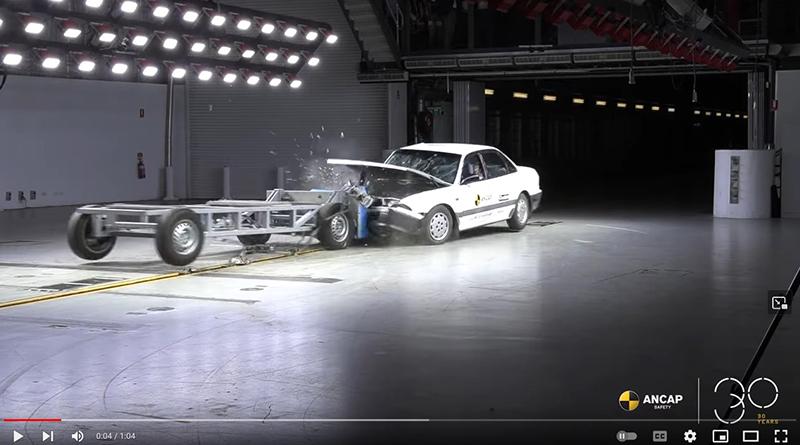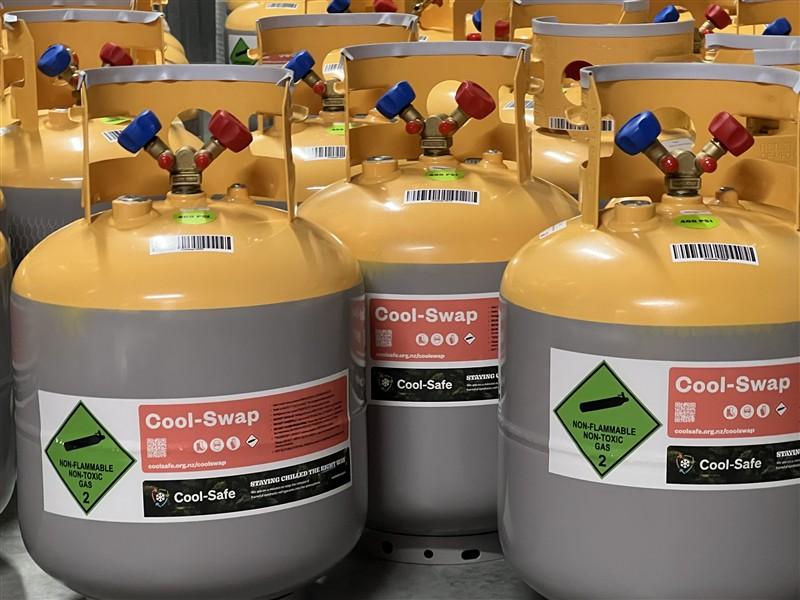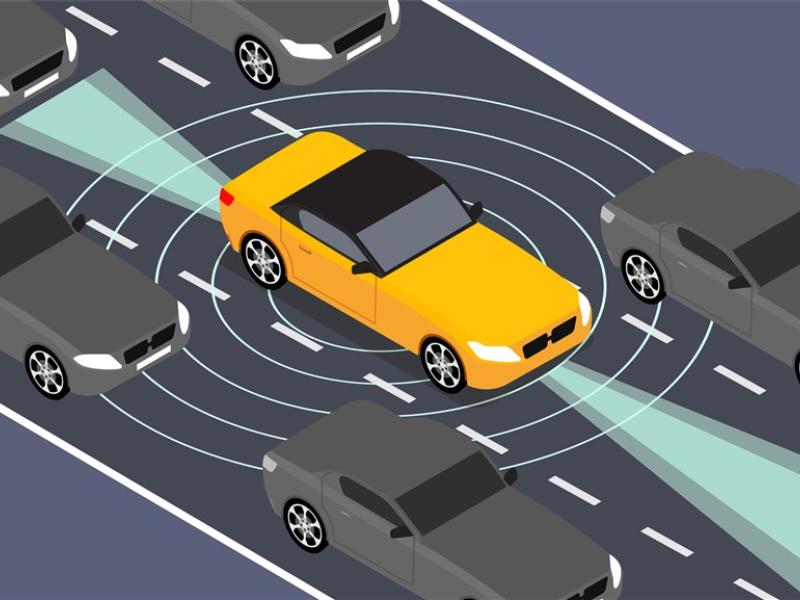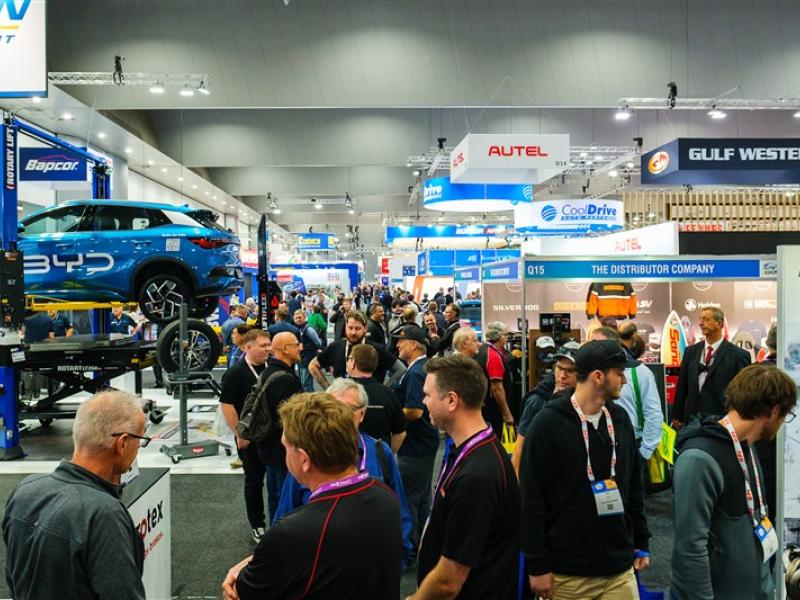Taking stock of the past 30 years of independent vehicle safety testing, ANCAP reflects on the vehicle models first rated when testing began in 1993.
Commonplace on Australia’s roads at the time were the Ford Falcon, Mitsubishi Magna, Holden Commodore and Mazda 626 – just to name a few. These, together with the Honda Accord, Subaru Liberty, Nissan Pintara, Toyota Camry and Volvo 940 all featured in the first round of safety ratings released in 1993, in an effort to inform consumers about the safety features, or lack of, that were fitted to their everyday drives.
Known then as the New Car Assessment Program, or NCAP, its aim – which continues today – was to make safety as important to car buyers as engine performance, paint colour and external styling, and comfort.
Back then, a single full-width frontal crash test at a speed of 56km/h was the only test conducted, with just one of the nine models tested offering an airbag for the driver (Volvo 940). The dominant, and in most cases, only, significant safety feature present in these vehicles was the standard seatbelt. Subsequently, the results of the initial round of testing were sobering.
In the early tests, the relative protection offered to front-seat occupants (driver and front passenger) was measured and performance published using a colour-code system representing the degree of injury risk:
Red indicated serious injury (brain damage likely, chest compression >75mm, upper leg injury likely);
Amber indicated moderate injury risk (brain damage possible, chest compression 50-75mm, upper leg injury possible);
Green indicated minimal risk of injury (brain damage, chest injury and upper leg injury unlikely).
Star ratings were not introduced until 1999.
The Nissan Pintara, Holden Commodore and Honda Accord carried the highest risk of driver head injury. The Holden Commodore, Subaru Liberty and Mitsubishi Magna carried the highest risk of front passenger head injury. The standout performer was the Volvo 940.
Fast forward to today, a handful of the nine vehicle models that featured in ANCAP’s inaugural 1993 ratings release and their current owners gathered at the Western Sydney crash test laboratory, Crashlab, last week – an opportunity to reflect on the significant progress seen in vehicle safety over the past three decades.
The omission of the most basic safety features Australian motorists have come to expect 30 years on was then put into tangible focus with the 1993 Mitsubishi Magna (TR series) crashed live in the presence of current 1993 model owners. The reality observed in their reactions.
“When I bought my car, I chose it because I thought it was bigger and stronger than a compact car. But seeing the results of this crash have made me realise that size and shape are somewhat irrelevant. What makes the difference are the safety improvements that have been introduced over time,” said Charlie Munns, current owner of a 1993 EB Ford Falcon.
Dummy injury measurements recorded during the live commemorative crash showed the driver of the 1993 Mitsubishi Magna – offering safety features and performance representative of most models available in Australia at that time – would face a high risk of serious or fatal skull fracture and brain injury resulting from hard contact on the steering wheel without the cushion of an airbag. High injury measurements were also recorded for the driver’s upper and lower legs and pelvis, with moderate injury risk for the chest.
The rear passenger would also have sustained serious injuries – slipping beneath the lap portion of the seatbelt with crash forces transferred across the abdomen.
“We’ve seen vehicle safety advance in leaps and bounds over the past 30 years as a result of ANCAP’s persistence and ability to influence consumer-driven change,” said ANCAP Chief Executive Officer, Carla Hoorweg.
“Our founders were originally met with strong resistance from vehicle manufacturers, yet today, they’re the ones bringing forward new and innovative ways to prevent road crashes.”
ANCAP was established with the support of 10 founding member organisations – the NSW Roads & Traffic Authority, VicRoads, QLD Department of Transport, SA Department of Transport, RACV, NRMA, RACQ, RAA, RAC and RACT. Today, ANCAP is supported by 21 member organisations from across Australia and New Zealand.
Video footage of ANCAP’s commemorative crash test of the 1993 Mitsubishi Magna can be viewed at https://bit.ly/419ye8s.






